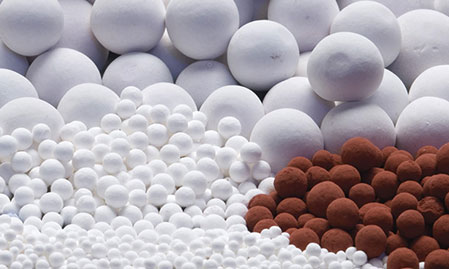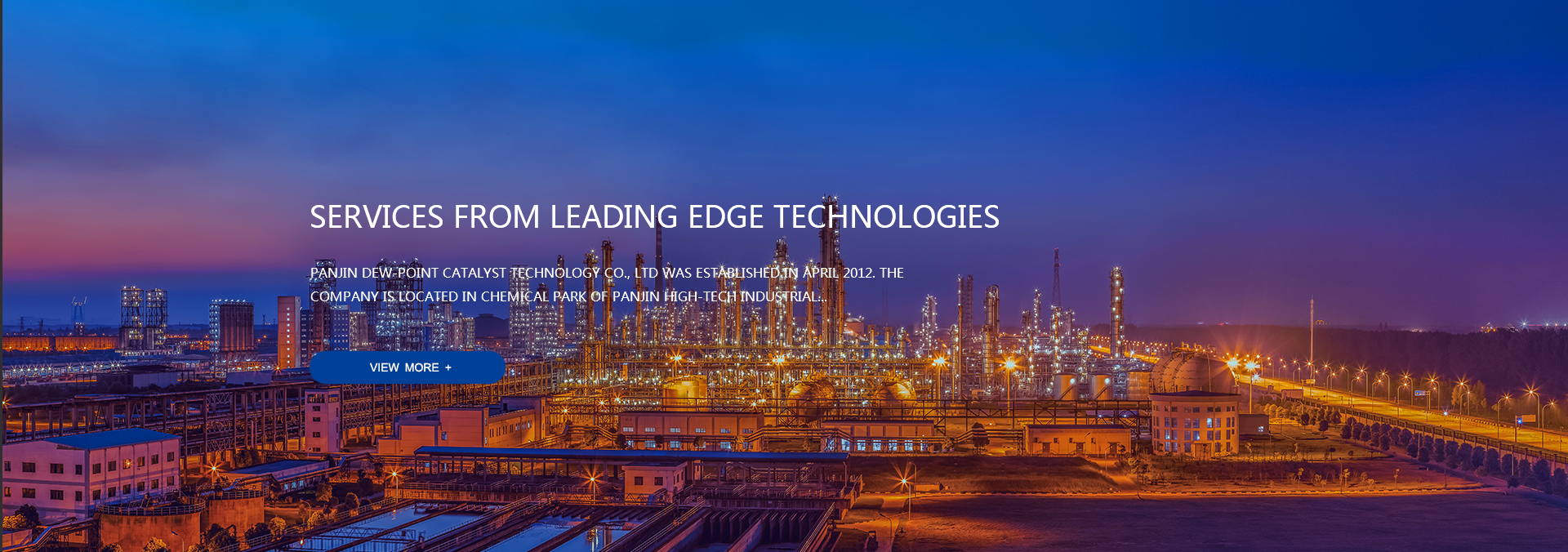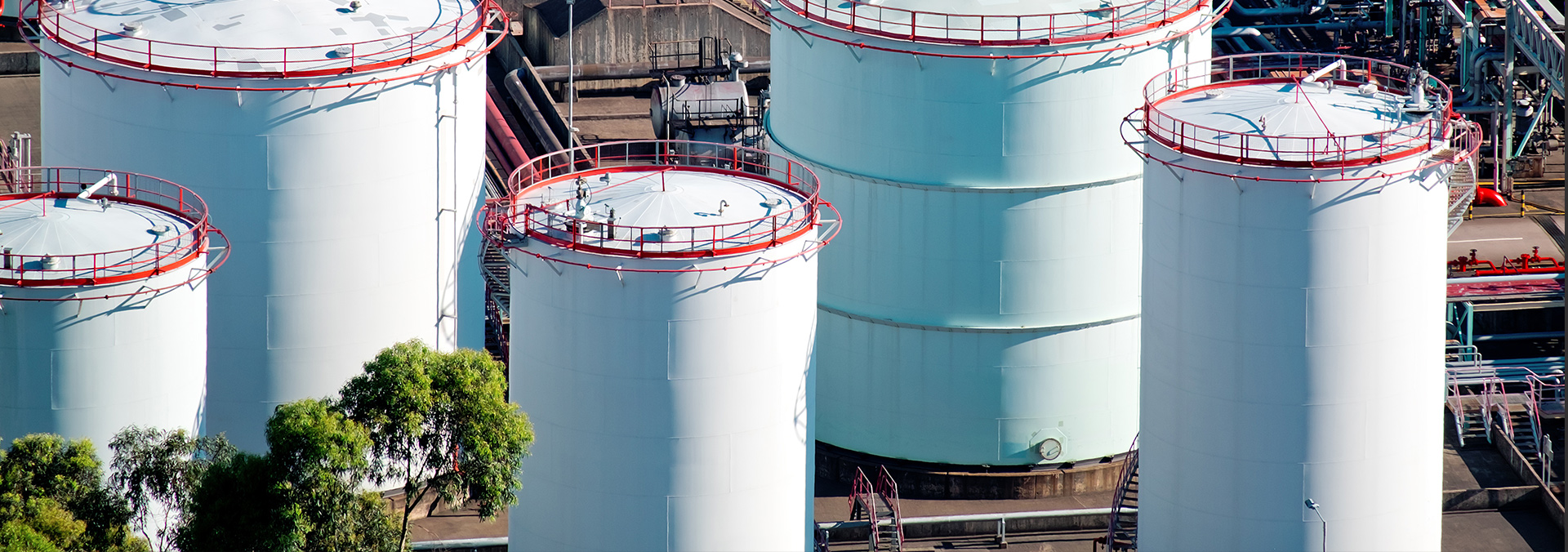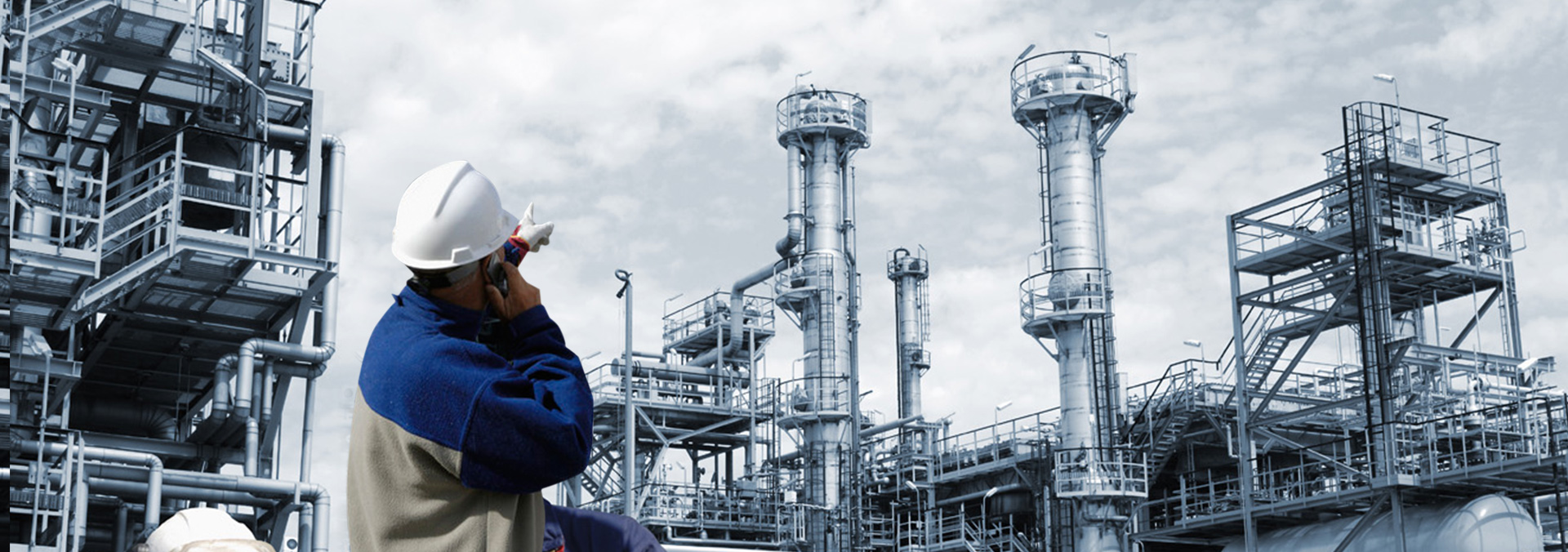Name:Panjin dew-point catalyst technologise co.,ltd.
Add:Chemical Industrial park, high-tech Zone, Panjin City, Liaoning Province, China
Tel:+86 427 659 4508
Fax:+86 0427-6594500
E-mail:service@dpcatalyst.com
power poles Panjin dew-point catalyst technologise co.,ltd. all rights
Hotline
0427-6594508
Main types of isoprene catalysts
In the synthetic rubber industry, several main varieties, such as styrene butadiene rubber, butadiene rubber, isoform rubber and ethylene propylene rubber, are produced using catalysts, such as butene oxidative deoxygenation to butadiene, benzene hydrocarbonization to ethylene Benzene, ethylbenzene dehydrogenation to styrene, isopentane to isoprene and other catalysts for monomer production, as well as a variety of catalyst systems for monomer polymerization. With the rapid development of the ethylene industry and the increasing demand for synthetic rubber and synthetic resins, isoprene is an important chemical raw material, and its production technology and utilization have received widespread attention from all over the world.

Polyisoprene is mostly prepared using iron-based, titanium-based, rare earth, alum-based, nickel-based, chromium-based, and molybdenum-based coordination polymerization catalyst systems. Main types of isoprene catalysts
1. Iron-based catalyst
Study on diolefin polymerization of iron-based catalysts, but the catalytic activity is low. The main reason is that iron compounds are easily reduced by aluminum alkyls to low-value compounds without polymerization activity. The addition of an electron donor can stabilize the iron active center so that it will not be excessively reduced, thereby improving the activity of the catalytic system. Therefore, the research of electron donor compounds has always been the focus of this type of catalytic system. Among them, nitrogen-containing heterocyclic compounds and nitrile compounds have high polymerization activity, and can produce polymers with high molecular weight and high stereoregularity. The nitrogen-containing heterocyclic compounds in the iron catalytic system were added to the catalytic system as the third component alone, and gradually developed and improved to form complexes with iron in the form of ligands.
2. Titanium catalyst
The results show that the obtained polymerization product is isoprene rubber with a mole fraction of 98% trans structure; the monomer conversion rate of the polymerization system increases with the increase of n(Ti)/n(Ip), and the catalytic efficiency first increases Then decrease; with the increase of n(Al)/n(Ti) and polymerization temperature, the catalytic efficiency and monomer conversion rate increase first and then decrease, and the best n(Al)/n(Ti) value is 110-120 , The best polymerization temperature is 20-25℃.
3. Rare earth catalyst
Currently, there are two types of rare earth catalytic systems for catalyzing the polymerization of isoprene (Ip). One is a binary catalytic system composed of rare earth chloride and aluminum alkyl (AlR3), and the other is composed of rare earth elements. A three-way catalytic system composed of organic salts or complexes, AlR3 and halogen-containing compounds. Because all components of the three-way catalytic system are soluble in solvents, it is convenient for preparation, formulation adjustment, metering, and transportation. It is also used for the research and development of rare earth isoprene rubber (IR), which can realize the production of multiple rubbers on the same device with the same catalyst Kind of multifunctionalization.
4. Supporting rare earth catalysts
Copolymers such as styrene-acrylic acid, ethylene-acrylic acid, and styrene-methacrylic acid (methyl sulfinyl) are used as carriers to support catalyst systems such as neodymium and lanthanum and used in butadiene, isoprene and other dienes Of aggregation. The study on the kinetics of polymer metal neodymium and lanthanum complexes catalyzed the polymerization of isoprene shows that the apparent activation energy of the system after loading is lower than that of the unsupported system, and the utilization of neodymium and lanthanum is several times that of the unsupported system.







